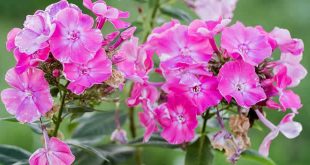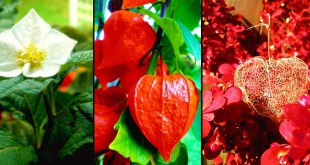 Orchid — Orchidaceae, also called the Orchid family, is the largest family of the flowering plants (Angiospermae). Its name is derived from the genus Orchis.
Orchid — Orchidaceae, also called the Orchid family, is the largest family of the flowering plants (Angiospermae). Its name is derived from the genus Orchis.
The Royal Botanical Gardens of Kew list 880 genera and nearly 22,000 accepted species, but the exact number is unknown (perhaps as much as 25,000) because classification varies greatly in different segments of the academic world. The number of orchid species equals about four times the number of mammal and bird species together. It also encompasses about 6–11 % of all seed plants About 800 new orchid species are added each year. The largest genera are Bulbophyllum (2,000 species), Epidendrum (1,500 species), Dendrobium (1,400 species) and Pleurothallis (1,000 species). The family also includes the Vanilla (the genus of the vanilla plant), Orchis (type genus) and many commonly cultivated plants like some Phalaenopsis or Cattleya.
Moreover, since the introduction of tropical species in the 19th century, horticulturists have more than 100,000 hybrids and cultivars.
Orchidaceae are cosmopolitan, occurring in almost every habitat apart from deserts and glaciers. The great majority are to be found in the tropics, mostly Asia, South America and Central America. They are found above the Arctic Circle, in southern Patagonia and even on Macquarie Island, close to Antarctica.
Orchids are easily distinguished, as they share some very evident apomorphies. Among these: bilaterally symmetric (zygomorphic) and resupinate, a petal (labellum) is always highly modified, stamens and carpels are fused, and the seeds are extremely small.
 Kids Portal For Parents India Kids Network
Kids Portal For Parents India Kids Network




